This post may contain affiliate links. For full information, please see our disclaimer here and our Privacy Policy here.
Welcome to the Solo Female Travel Safety Tips and Advice page for Curacao!
This page is brought to you by Solo Female Travelers Tours, our curated small group trips for women, by women.
On this page you will find first-hand, unbiased, and real safety tips, advice and reviews from women traveling solo, submitted directly from their personal experiences in the country.
Their opinions are unfiltered and submitted independently as part of the Solo Female Travel Safety Index, a ranking of 210 countries and regions based on how safe they are for women traveling solo.
The safety scores range from 1 to 4 with 1 being the safest and 4 being the most dangerous for solo female travelers.
You don’t need to login to read the below reviews. But do sign up or login to share your solo travel experiences, country safety rating and comments.
Jump straight to: Travel Tips | About the Index | Resources I Leave a Review
MAKE A DIFFERENCE – LEAVE YOUR SAFETY REVIEWS!
We can make the world a safer place for women traveling solo together. Sign up to our portal and leave your reviews NOW. Share your experience with other solo female travelers and help us empower more women through travel.
Curacao Country data
We have compiled a few data points below that can help you better understand Curacao and have more context when thinking about travel safety.
Official country name: Country of Curacao.
Etymology: The most plausible name derivation is that the island was designated Isla de la Curacion (Spanish meaning "Island of the Cure" or "Island of Healing") or Ilha da Curacao (Portuguese meaning the same) to reflect the locale's function as a recovery stop for sick crewmen.
Country map
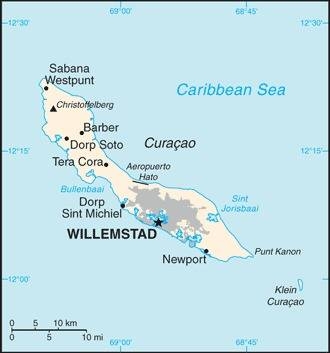
Locator map
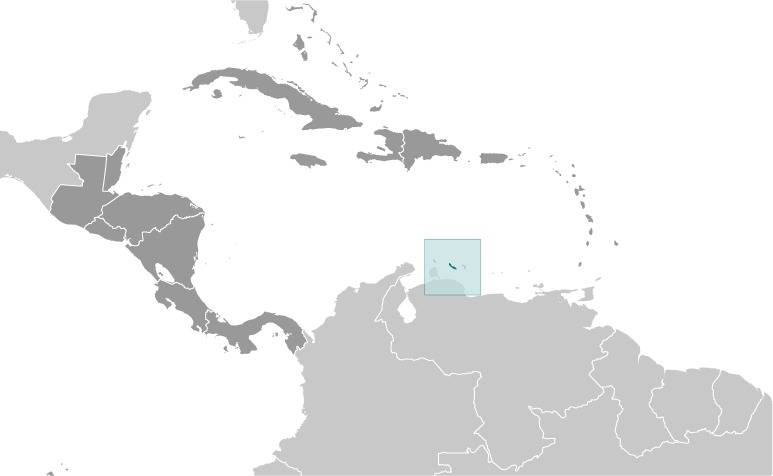
Flag
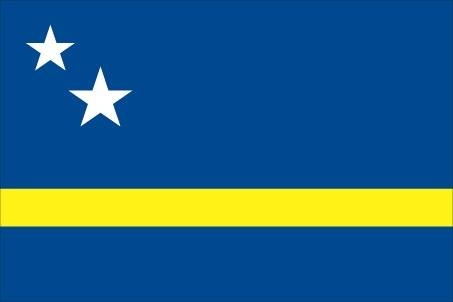
Capital: Willemstad.
Independence / foundation: None, Curacao is still part of the Kingdom of the Netherlands. In 1954, Curacao and several other Dutch Caribbean colonies were reorganized as the Netherlands Antilles, part of the Kingdom of the Netherlands.
In referenda in 2005 and 2009, the citizens of Curacao voted to become a self-governing country within the Kingdom of the Netherlands. The change in status became effective in October 2010 with the dissolution of the Netherlands Antilles.
Population: 152,849.
Currency: Dutch Gilder (ANG)
1 USD = 1.79 - 1.81 ANG
1 EUR = 1.93 - 1.97 ANG
Time zone: UTC-4
Languages spoken: Papiamento (official) (a creole language that is a mixture of Portuguese, Spanish, Dutch, English, and, to a lesser extent, French, as well as elements of African languages and the language of the Arawak) 80%, Dutch (official) 9%, Spanish 6%, English (official) 3%, other 2%, unspecified <1%.
Religions: Roman Catholic 73%, Pentecostal 7%, Protestant 3%, Adventist 3%, Jehovah's Witness 2%, Evangelical 2%, other 4%, none 6%, unspecified <1%.
Climate: Tropical marine climate, ameliorated by northeast trade winds, results in mild temperatures. The weather is semiarid with average rainfall of 60 cm/year.
Real GDP (ppp – purchasing power parity): $3.46 billion.
Real GDP per capita (ppp): $23,100.
Main airports: Hato International Airport.
World heritage sites in Curacao

There are over 1,100 world heritage sites spread across more than 165 countries. New ones are added every year, and some may be removed from the list for various reasons.
Number of UNESCO listed sites: 1.
Top world heritage sites:
Historic Area of Willemstad, Inner City and Harbour, Curaçao.Interesting facts about Curacao
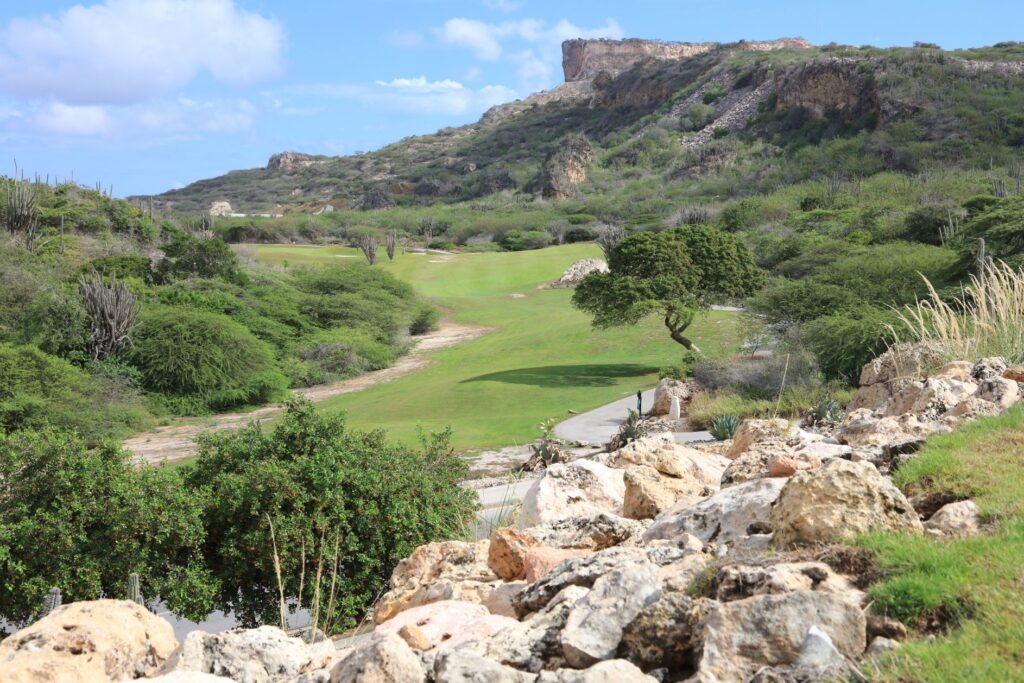
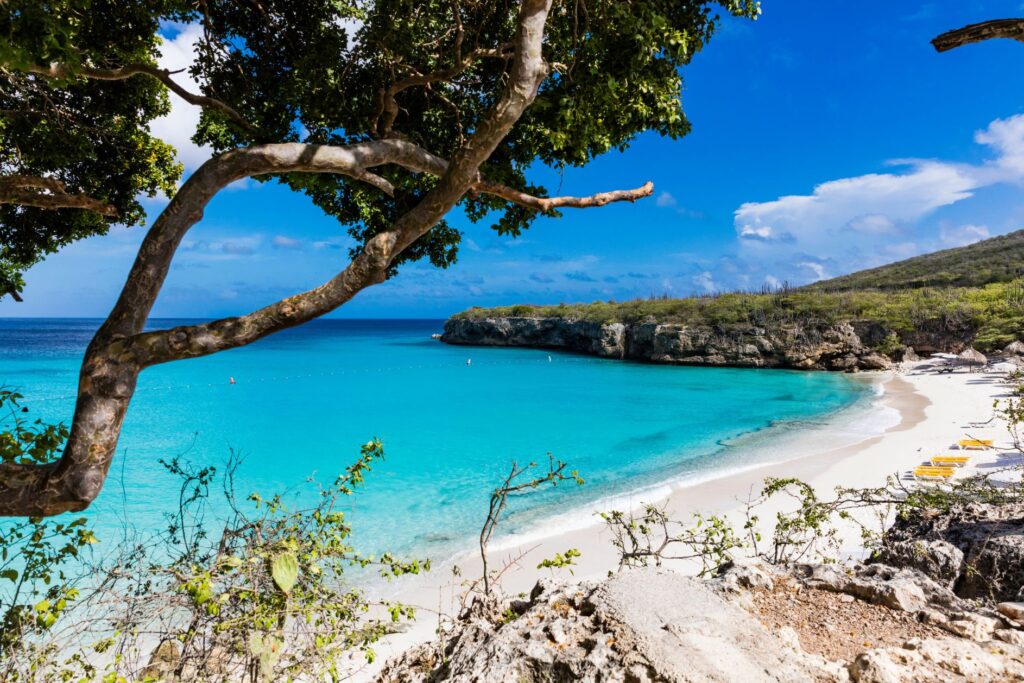
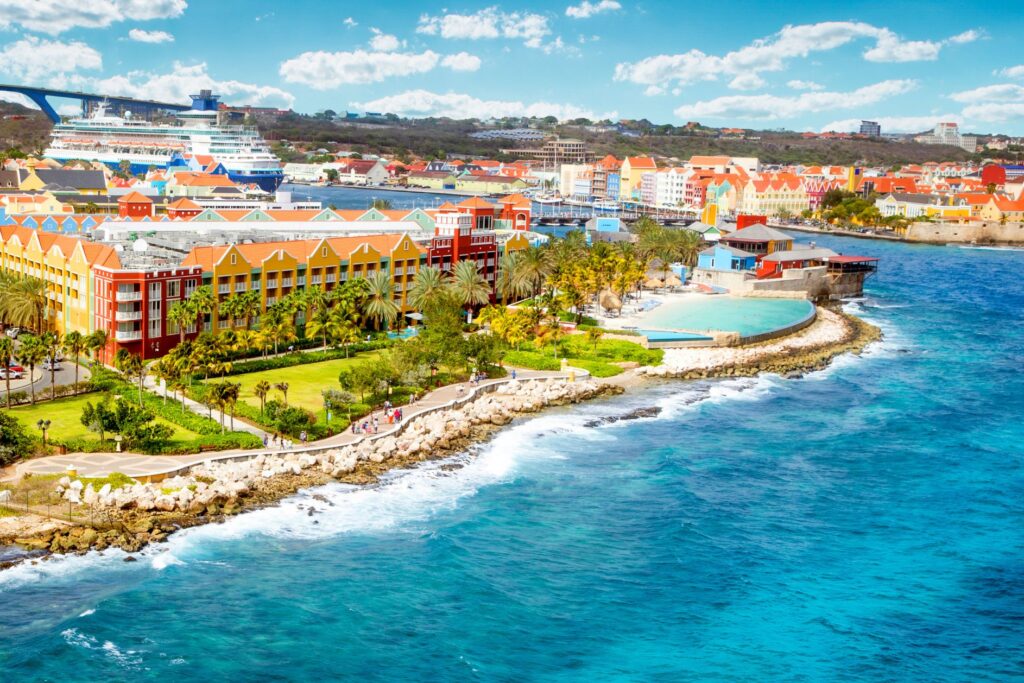
- Despite being a tiny island with a population of around 160,000, there have been 16 Curaçao-born Major League Baseball players over the past 30 years.
- Curacao is a famous place for divers, including the unique Mushroom Forest. The name of this diving site comes from the hard coral formations that resemble giant mushrooms. Five of the seven species of sea turtles live in the waters surrounding Curacao.
- Most buildings are painted in colorful pastel shades. If they arent, Curacaoans feel they are naked.
- One of the most common dishes involves iguanas that are cooked as part of a stew dish called stoba yoana.
Further reading: N/A.
Curacao Travel tips
Socket type: A / B. Guide to socket types.
Weekend days: Saturday and Sunday.
Driving: Cars drive on the Right.
Local taxi apps: ClickCuraçao,24-7Taxi.
Travel Guides: Lonely Planet.
Languages spoken: Papiamento (official) (a creole language that is a mixture of Portuguese, Spanish, Dutch, English, and, to a lesser extent, French, as well as elements of African languages and the language of the Arawak) 80%, Dutch (official) 9%, Spanish 6%, English (official) 3%, other 2%, unspecified <1%.
Basic words and phrases in the main language:
Hello: HaloPlease: Porfabor, Plies
Thank you: Danki
Help: Yudami
Learn more with our favorite learning app Mondly.
Find a hotel in Curacao
Booking.comBook tours and activities:
More about Curacao on Solo Female Travelers
Coming soon.Did you spot any errors? We do our best to keep this information updated and accurate, but things change. If you saw anything that is not right, let us know so we can fix it: [email protected].
About the Solo Female Travel Safety Index
Safety matters to solo female travelers, you told us so in our annual Solo Female Travel Survey, where year after year, women prove that this is their most important concern when traveling solo.
We wanted to do something about it, so we built these country-specific pages where you can find reviews and scores for 7 key variables affecting the safety of women traveling solo.
Variables
- Risk of scam
- Risk of theft
- Risk of harassment
- Attitudes towards women
- UK Travel Advisory
- US Travel advisory
- Global Peace Index (GPI)
Informing OSAC
The Solo Female Travel Safety Score is used by the Overseas Security Advisory Council for including safety concerns for women travelers in their country security reports; OSAC is a partnership between the U.S. Department of State and private-sector security community.
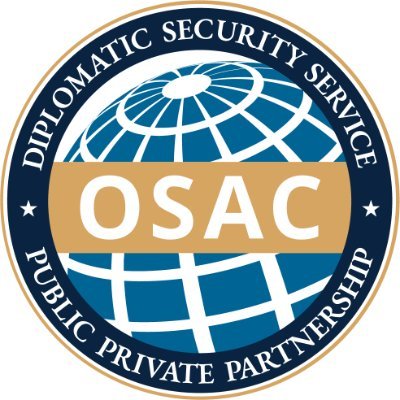
How to use the Safety Index
On this page, you will find the country score and the personal opinions on safety of other women traveling solo.
You can sort the comments by:
- The level of experience traveling solo of the reviewer (beginner = <5 trips solo, Intermediate = 5 to 10 trips solo, Experienced = >10 trips solo).
- The age of the traveler.
- Whether they are a visitor or local.
- The date they were posted.
The safety scores range from 1 to 4 with 1 being the safest and 4 being the most dangerous for solo female travelers.
Thus, the lower the score, the safer the country.
Looking for more safety resources?
This entire website is devoted to helping women travel solo. Check out the links below to learn more:
Solo Female Travel Stats: Results from the the largest, most comprehensive and only global research study on solo female travel trends, preferences and behaviors published.
Thanks to Jacobo Vilella for creating the Solo Female Travelers Safety Index ❤️






